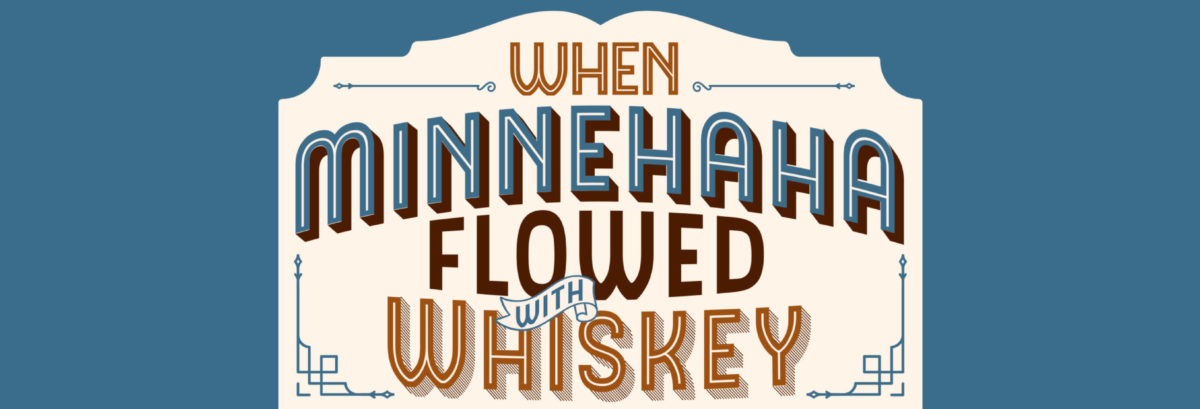Background research at urbancreek.com continues on a near-daily basis. The great difficulty in telling stories about Minnehaha Falls is locating their edges. Bits of these tales come bobbing down the metaphorical creek, plunge over the lip of the cataract, and float downstream to meet the river. People and stories come to the Falls, though their tales might begin or end elsewhere. In that light, then, a bit about transportation. This is a big topic about which there is quite a lot to say.


